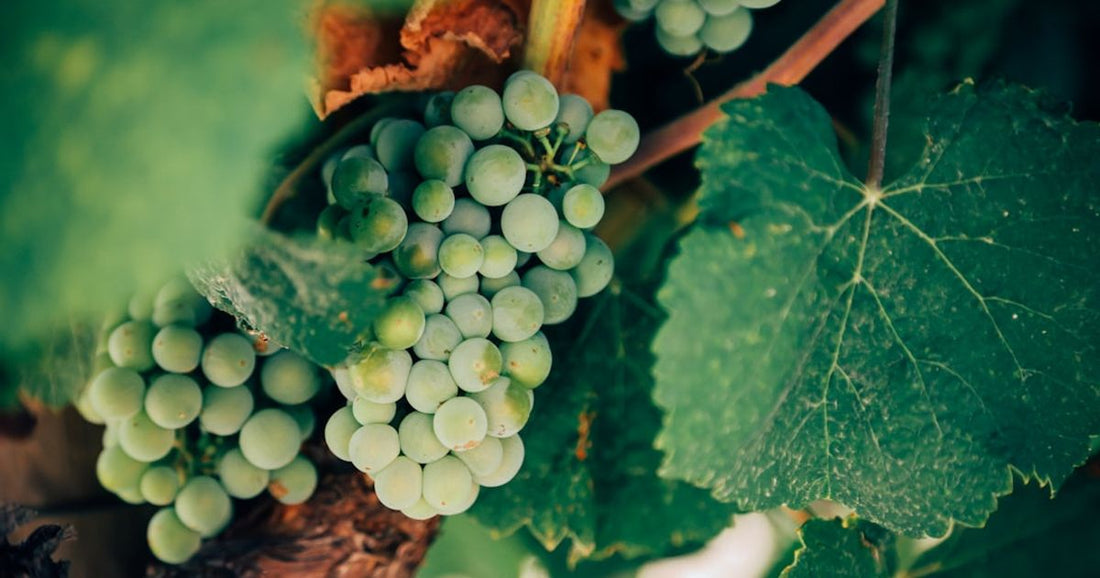
The Impact of Climate Change on Wine Investment
Share
Climate change is a global phenomenon that's reshaping industries worldwide, and the wine sector is no exception. The Spanish wine market, known for its rich history and diverse wine regions, is currently facing a transformative period due to the impacts of climate change. This shift is not only influencing wine production and quality but also how investors are viewing the market. As traditional wine-growing regions experience changes in temperature and precipitation patterns, investors are exploring new strategies to adapt and thrive. This article delves into the ways climate change is impacting the Spanish wine market and the innovative approaches investors are adopting to navigate these changes.
Key Takeaways
- Climate change is significantly affecting the Spanish wine industry, altering grape growing conditions, and wine production.
- Investors are adapting by exploring new regions, investing in sustainable practices, and focusing on indigenous grape varieties.
- Technological advancements and research into climate-resistant grape varieties are becoming crucial for the industry's future.
- The Spanish wine market remains resilient, with opportunities for growth and innovation in the face of climate change challenges.
Understanding the Impact of Climate Change on Spanish Wine
Climate change is manifesting in various ways across Spain's wine regions, from altered rainfall patterns to increased temperatures. These changes are not only affecting the traditional wine-growing calendar but also the very essence of wine production – the grapes themselves.
Shifts in Temperature and Precipitation
The increase in average temperatures and changes in precipitation are leading to earlier harvests. This shift can result in grapes maturing faster, potentially affecting the balance of sugar, acid, and phenolic compounds essential for high-quality wine. Regions that once thrived under specific climatic conditions are now facing the challenge of maintaining the characteristic profiles of their wines.
Altered Wine Profiles and Production
The alteration in climate is not just a challenge but also an opportunity for some wine producers. As traditional wine profiles change, there's a chance to innovate and create new wine styles. However, this requires significant investment in research and development, as well as a willingness to adapt traditional practices. For investors, this means looking at the Spanish wine market with a new lens, focusing on regions and producers that are agile and innovative in the face of change.
Investor Strategies in a Changing Climate
Investors in the Spanish wine market are adopting several strategies to mitigate the impact of climate change and capitalize on new opportunities it presents. From diversifying investment portfolios to supporting sustainable practices, these strategies are shaping the future of Spanish wine.
Exploring New Regions and Altitudes
As traditional wine-growing regions become less predictable, investors are looking towards new areas that might become more suitable for viticulture due to climate change. Higher altitudes and northern regions, previously considered too cool for certain grape varieties, are now showing potential. Investing in these emerging regions can offer a hedge against the risks posed by climate change.
Investing in Sustainability and Innovation
Sustainability is no longer just a buzzword but a necessary investment to ensure the longevity of the wine industry. Investors are increasingly supporting wineries that implement water-saving technologies, renewable energy sources, and organic farming practices. Additionally, investment in research for drought-resistant and heat-tolerant grape varieties is seen as crucial for adapting to future climate conditions.
The Role of Technology and Research
The fight against climate change in the wine industry is not just about adapting to the present but preparing for the future. Technology and research play a pivotal role in developing new strategies to mitigate climate impact and ensure the sustainability of wine production.
Advancements in Viticulture and Winemaking
From precision agriculture to climate modeling, technological advancements are helping winemakers better understand and predict the impacts of climate change. These tools allow for more precise interventions in the vineyard, optimizing water use, and protecting against extreme weather events. In the winery, innovations in fermentation and aging processes are helping to maintain wine quality even as the raw materials change.
Research into Climate-Resistant Varieties
One of the most promising areas of research is the development of grape varieties that are resistant to heat, drought, and disease. These varieties can provide a buffer against climate variability, ensuring consistent production levels and quality. For investors, backing wineries and research institutions focusing on these innovations can offer long-term returns.
Navigating the Future of Spanish Wine Investment
The Spanish wine market is at a crossroads, with climate change posing significant challenges but also offering opportunities for growth and innovation. Investors who are willing to adapt their strategies and support sustainable, forward-thinking practices will be well-positioned to thrive.
Embracing Change and Innovation
The key to success in this evolving market is flexibility. Investors need to be open to exploring new regions, varieties, and production methods that are better suited to the changing climate. Supporting wineries that are at the forefront of innovation and sustainability can help drive the entire industry towards a more resilient future.
The Importance of Collaboration
Collaboration between investors, winemakers, researchers, and policymakers is crucial for tackling the challenges posed by climate change. By working together, the industry can develop comprehensive strategies that ensure the long-term viability of Spanish wine production and investment.
Climate change is reshaping the Spanish wine market, but with challenge comes opportunity. By adopting innovative strategies and focusing on sustainability, investors can help steer the industry towards a future that is not only resilient but thriving. As we navigate this period of transformation, the Spanish wine market remains a dynamic and exciting space for investment.
Explore how regulations are impacting the Spanish wine industry
Discover the challenges facing Spanish wine exporters
Learn about different aging techniques in Spanish wineries


